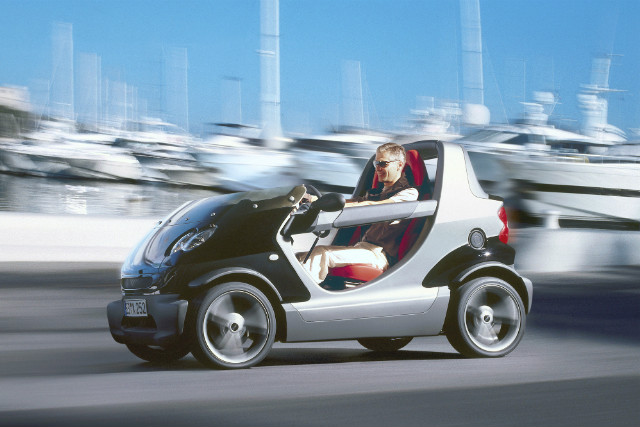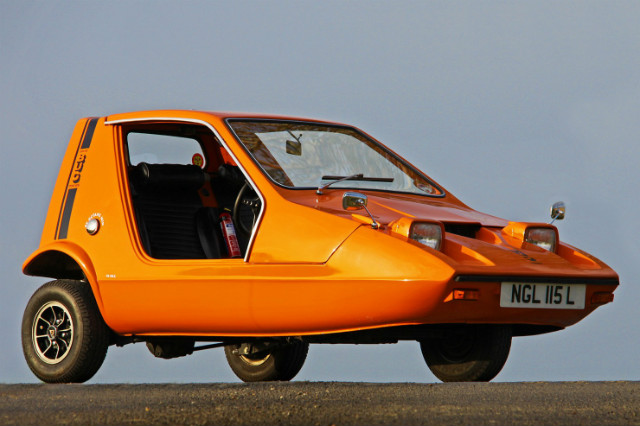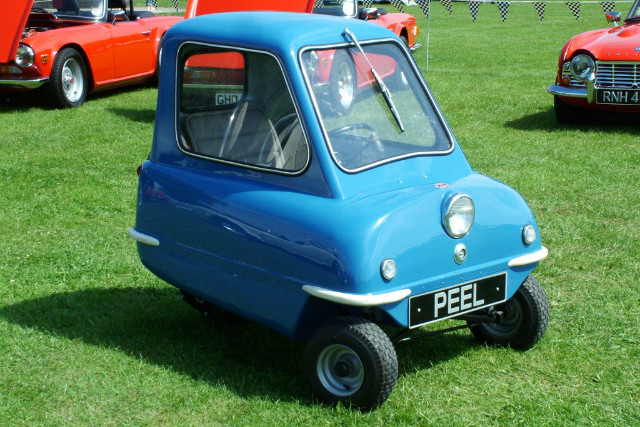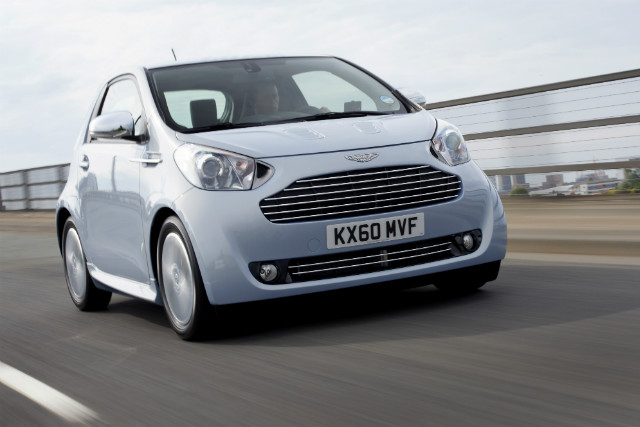Small cars have been popular in Britain and other European countries for many years now and it’s easy to understand why.
The best small cars, whether they be superminis or city cars, are not only affordable, easy to drive and good for beginners, they can also be very fun to drive and surprisingly versatile.
With some small cars though, it’s more difficult to work out what exactly the makers were trying to accomplish with the design, but they somehow reached production anyway. Here we take a look at four of the most baffling small cars which have been made by car manufacturers in the past.
While there have been plenty of amusing one-off creations before, here we are focusing on examples which actually went through some period of mass production.
Smart Crossblade

The Smart Fortwo city car, available in hardtop and cabriolet guises, has been a tiny but memorable presence on UK roads since the late nineties.
But what if you took the minute Fortwo Cabrio and stripped it down even further, by removing the windscreen, roof and even the conventional doors? That’s a question probably nobody has ever thought to ask, but Smart provided an answer anyway in the form of the Crossblade.
While it could provide plenty of manoeuvrability and easy parking in town, like other Smart cars, the Crossblade was permanently exposed to the elements and was about as practical as a bottomless bag. The Crossblade was sold in left-hand drive only and very few drivers in Britain were brave enough to bring one here.
Bond Bug

What happens when you try and reinvent the Reliant Robin as a sportier vehicle? You get something like the Bond Bug, which feels guaranteed to stand out from a mile away wherever the car is. It was originally built by Bond cars before Reliant took on production themselves later.
The wedge-shaped Bond Bug featured just three wheels, a lift-up canopy and a 700cc (later 750cc) engine that could move the car to nearly 80mph, a prospect that might make you nervous given there’s only one wheel at the front.
Even though it looks like one of the many one-off small car concepts that existed around the time, the Bond Bug actually had four years of production between 1970 and 1974. In that time over 2,000 examples were made. However, its pricing was problematically similar to other, more conventional small cars on sale at the time.
Even with its outlandish appearance though, it didn’t take long for the Bond Bug to fade into history when production ended.
Peel P50

Those who saw Jeremy Clarkson drive through the BBC studios on Top Gear in the P50 will already be familiar to an extent with this creation.
Originally built by the Peel Engineering Company on the Isle of Man between 1962 and 1965, the Peel P50 is still at the time of writing the smallest production car ever made. It’s street legal in Britain, even though it’s nearly as small and as lightweight as a Cozy Coupe.
The 49cc petrol engine used in original models could take the P50 up to 38mph, depending on the weight of the driver presumably.
In 2011, two businessmen got an £80,000 investment on the BBC show Dragons’ Den to allow them to remarkably put the P50 back into production with both petrol and electric models offered.
Aston Martin Cygnet

Ask someone what they picture in their mind when they think of Aston Martin and the answers may be along the lines of a luxury Grand Tourer or exotic supercar with James Bond behind the wheel.
But one car which actually wore the Aston Martin badge for a few years, the Cygnet, does not really fit into either description.
A rebadged variant of the Toyota iQ city car, the Cygnet was first introduced in 2011 to help the brand comply with tightening EU emission regulations. It did transfer over the trademark chrome grille of Aston Martins, but the car struggled to replicate any of the other qualities that usually make an Aston Martin so compelling to begin with.
When production of the Cygnet was cancelled just two years after its launch, it was reported that annual sales of 4,000 units had been targeted but fewer than 150 were sold.



